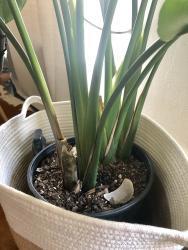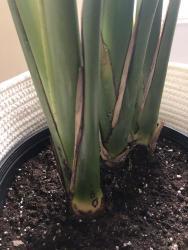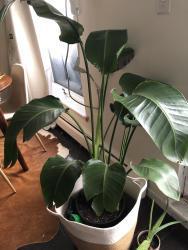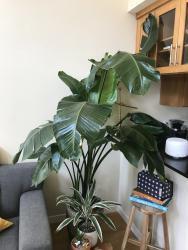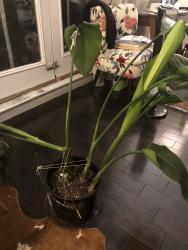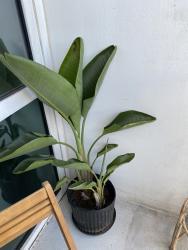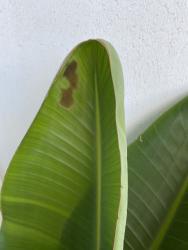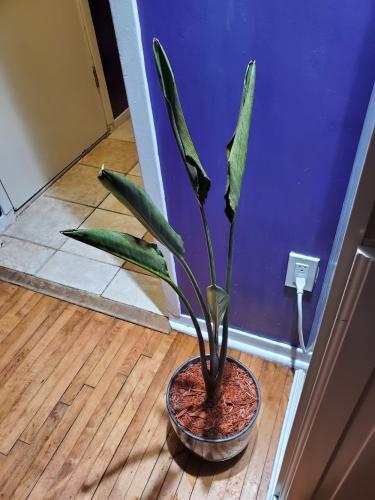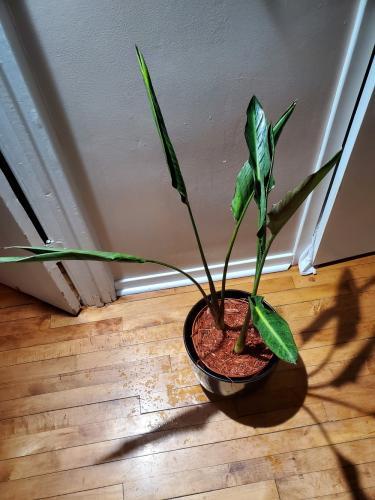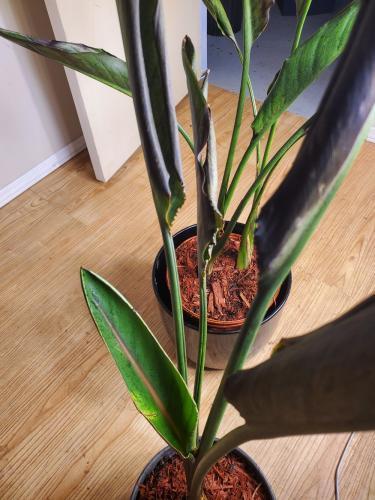@chantelleje - I don't know what a farm nursery is, but I suspect they are not familiar with handling indoor plants. They likely used outdoor garden soil that was contaminated with fungus gnats. That was an early indication that it should have been returned.
Necrosis is not a disease. It simply refers to dead plant tissue, the cause of which has to be determined. I suspect it may have been from lack of oxygen around the roots causing them to die prematurely. Excising the dead roots was inappropriate as there was no identifiable disease. The lack of proper sterilization is not the cause of the problem.
Your plants are now suffering from the damage done to the roots before you got the plant but also from the damage done to the roots during the cutting away of the root tissue and further aggravated by the separating of the plants. Finally, the roots should not have been left exposed to callus over.
All of the stress to the roots means that they are no longer functioning properly and that is why the leaves are curling and it may get worse going forward. Unfortunately, there is no simple remedy for the root trauma. Remove any loose soil or other material added to the top of the original rootball. The uppermost roots should be just barely covered. Then water it only when the top half-inch of the remaining soil feels dry to your touch.
At best, root recovery will be a very slow process during which time the plant may continue to decline. Keep it warm and give it lots of sunlight.
For future reference, be careful where you source your plants and be aware that online plant care advice is often inappropriate.
